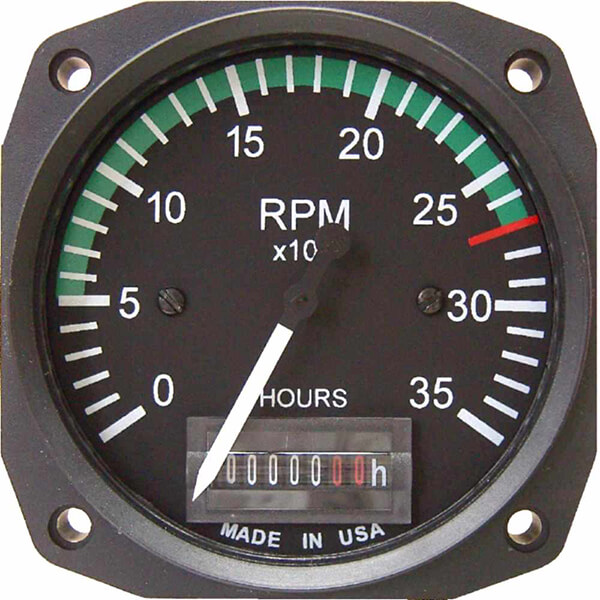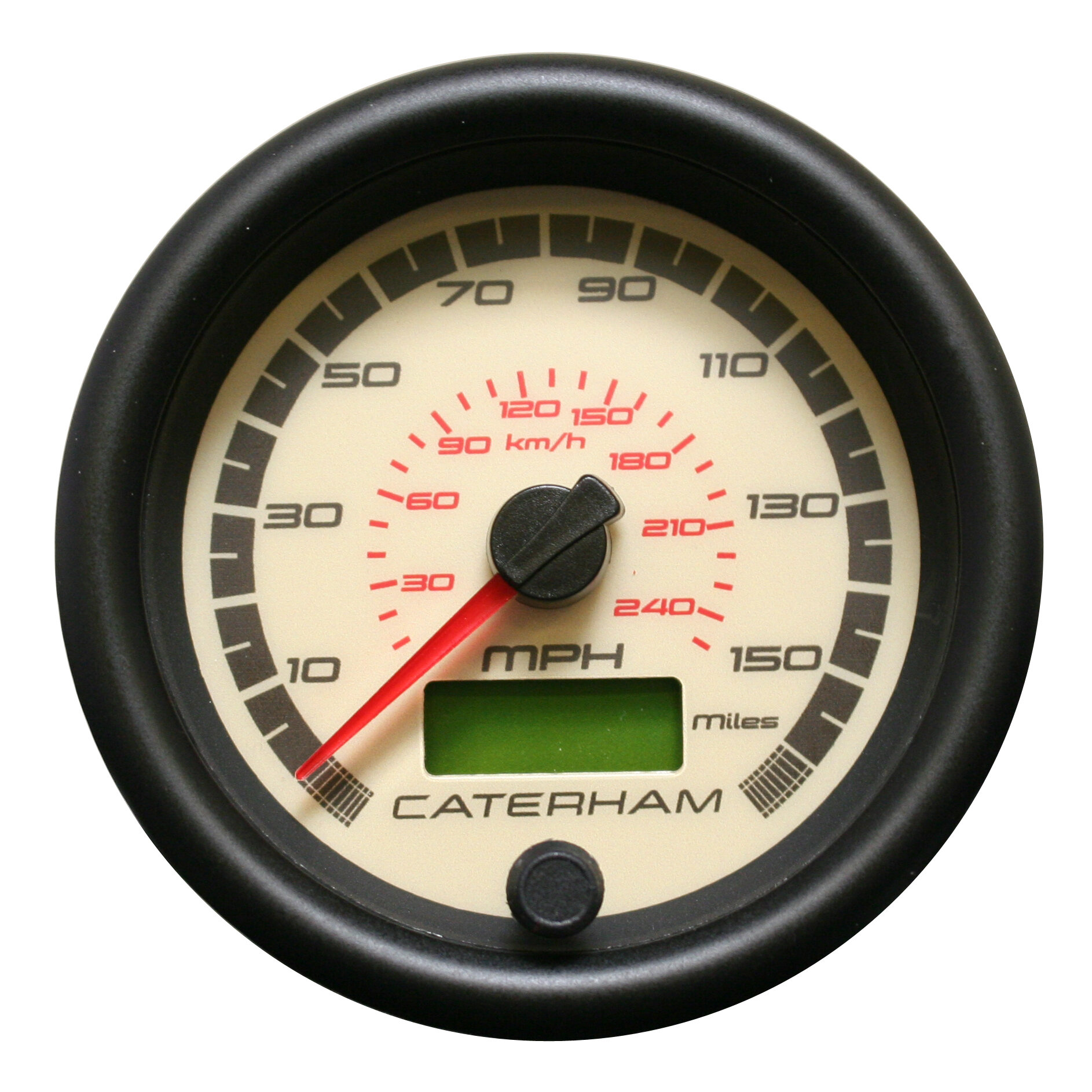The Relevance of a Tachometer in Monitoring Engine Speed and Performance in Automotive Applications
In the realm of vehicle design, the tachometer stands as a crucial instrument in the driver's toolbox, supplying a straight home window right into the internal operations of a lorry's engine. Past its feature as a plain gauge of revolutions per minute (RPM), the tachometer acts as an important device for fanatics and specialists alike, supplying real-time understandings right into engine efficiency and health. Understanding the significance of this device goes beyond surface-level observations, delving into the intricate partnership in between engine speed, power outcome, and general driving experience. As we explore the diverse duty of the tachometer in vehicle applications, a much deeper recognition for its effect on lorry characteristics and effectiveness starts to arise.
Value of Keeping Track Of Engine RPM
Checking engine RPM, or changes per minute, is an important aspect of automobile upkeep and performance examination. Engine RPM straight correlates with the rate at which the engine's crankshaft revolves, indicating exactly how quickly the engine is running.
Moreover, keeping an eye on engine RPM is crucial for performance assessment in racing and high-performance vehicles. In recap, checking engine RPM is not just vital for finding problems but also for enhancing engine performance in different vehicle applications.

Advantages of Real-Time Information
In auto applications, real-time data plays an essential role in offering immediate insights into the performance and condition of the car. By continuously keeping track of different parameters such as engine speed, temperature, fuel intake, and extra, real-time information supplies countless advantages that add to improved effectiveness and security when driving.
In addition, real-time data facilitates efficiency optimization by providing prompt comments on driving behaviors and engine effectiveness. Drivers can readjust their behavior in real-time based on this details to achieve far better fuel economic situation and extend the life-span of their car.

Additionally, real-time data plays a crucial role in modern-day automotive diagnostics, making it possible for specialists to swiftly diagnose and attend to breakdowns. This brings about lowered downtime, lower upkeep costs, and eventually, boosted general automobile integrity and longevity (tachometer). By utilizing the power of real-time information, auto stakeholders can make enlightened choices that positively affect both the efficiency and longevity of the car
Influence On Gear Shifts
Efficient equipment changes in auto applications significantly affect total performance and driving experience. The tachometer plays a critical duty in maximizing equipment changes by supplying real-time engine speed information to the driver. When approaching the redline on the tachometer, it signals the chauffeur to upshift to protect against over-revving the engine and triggering potential damages. On the other hand, downshifting at the ideal minute can help preserve the engine in its power band, making sure receptive velocity when needed.
Additionally, the tachometer aids in accomplishing smoother gear shifts, especially in hands-on transmissions. By keeping track of engine speed, chauffeurs can perform gear changes at the optimum RPM variety, decreasing jerking activities and reducing wear on the transmission components. This accuracy in gear adjustments not only boosts driving convenience however additionally adds to sustain effectiveness.
Enhancing Gas Effectiveness
Given the critical duty the tachometer plays in maximizing gear shifts for efficiency and engine health and wellness, it directly adds to taking full advantage of fuel performance in vehicle applications. By supplying real-time feedback on engine rate, the tachometer helps chauffeurs in maintaining one of the most effective RPM range for gas economy. When drivers continually keep an eye on the tachometer and adjust their motoring practices as necessary, they can avoid unneeded fuel intake triggered by over-revving or hauling the engine.
In addition, the tachometer helps motorists recognize the most fuel-efficient gear to be in at any type of provided minute, preventing the engine from working more challenging than essential. In conclusion, the tachometer serves as a useful device in boosting fuel efficiency by promoting ideal driving behaviors and recognizing areas pop over to this web-site for improvement in the car's efficiency.

Making The Most Of Engine Durability
The tachometer's duty in monitoring engine speed and performance is critical in making certain the longevity of automobile engines. By using the tachometer successfully, vehicle drivers can maximize engine longevity via conscious RPM management. Consistently revving an engine as well high can result in excessive damage on crucial components, such as the pistons, shutoffs, and bearings. Gradually, this can result in decreased engine efficiency and possible breakdowns. Checking the tachometer permits vehicle drivers to remain within the suggested RPM array for their automobile, preventing unnecessary strain on the engine and expanding its life-span.

Verdict
Finally, the tachometer plays a critical role in keeping an eye on engine speed and efficiency in vehicle applications. he said By offering real-time data on RPM, it permits reliable gear shifts, improved fuel effectiveness, and made best use of engine longevity. This device is crucial for preserving optimum engine efficiency and making sure the total functionality of a vehicle.